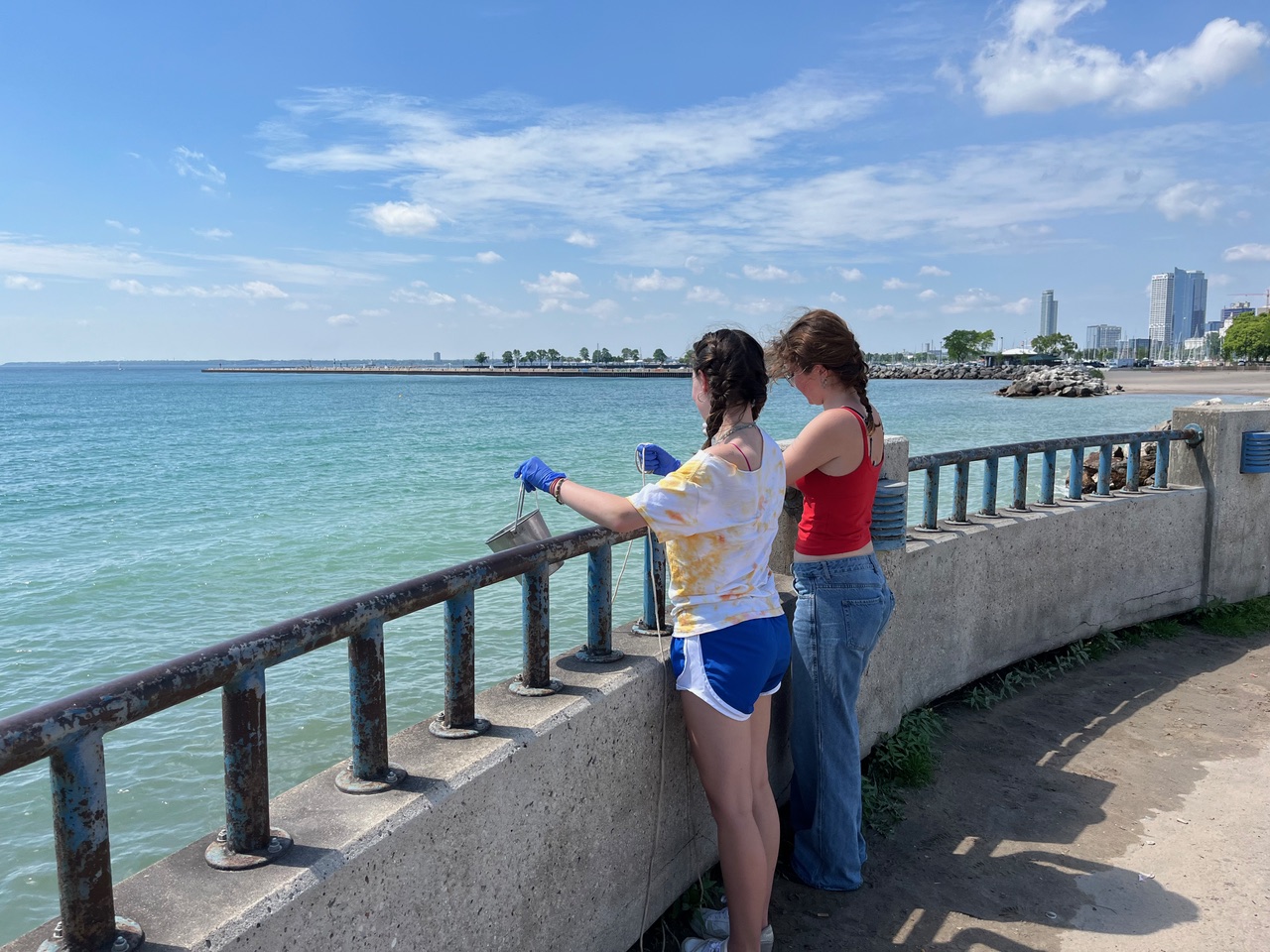Native American Elder Jeff Savage, said eloquently, “We have a lot of hurdles to get over for wild rice restoration, and the biggest is ignorance.”
His remarks came at the Second Annual Lake Superior Manoomin (Wild Rice) Restoration Workshop in Duluth, Minnesota, in April. Savage, director of the Fond du Lac Cultural Center and Museum, was taking part in a panel discussion about the cultural significance of wild rice with elders from tribes in northern Wisconsin, Michigan and Minnesota.
As the elders shared their memories and insights, plans were in motion to address the ignorance hurdle. The workshop was organized by the National Oceanic and Atmospheric Administration (NOAA) Office of Coastal Management, whose staff were also in the process of deciding which projects will receive funding to create a wild rice education and outreach toolkit for Lake Superior audiences.
NOAA announced recently that the Sea Grant programs in Wisconsin, Michigan and Minnesota will receive funds to create a Manoomin toolkit. Leading the effort in Wisconsin will be Deidre Peroff, Wisconsin Sea Grant’s social scientist. She stresses that the project, which is designed to integrate traditional knowledge about wild rice with Western knowledge, is more of a tribal effort than a Sea Grant effort.
“We’re working with the tribes to develop and share materials that would be useful to them to promote awareness and conservation of Manoomin. While we can’t begin to understand Manoomin from a tribal perspective, we can encourage others to respect it as a significant cultural and regional resource,” Peroff said.
The two-year project, which starts this month, involves fostering a regional network of partners that involves tribes, government, university and community representatives. An educational toolkit that focuses on increasing awareness about wild rice and provides guidance on how to protect and restore it will be produced and disseminated at local and regional events. Also, an online database of resources will be created about the cultural and regional significance of wild rice, harvesting procedures, and its ecological functions and importance. The database will provide links to commercial distributors, and current research and outreach projects.
Peroff said that, while the toolkit is a collaborative effort, Wisconsin Sea Grant will work primarily on the database, Michigan Sea Grant on the development of project outreach materials, and Minnesota Sea Grant on youth education activities.
“The idea is to have a place where anyone can reference information about wild rice, whether that’s educational, outreach materials or research that’s been done,” Peroff said. “There’s lots of information out there but some of it needs updating. We just want to make sure we understand what’s out there, what’s most useful and which audience to target.”
Even some of the elders who participated in the panel discussion might find the information useful. Several of the six said they were “new” to wild rice — they didn’t grow up harvesting it and have just only begun to learn about it.
Roger LaBine of the Lac Vieux Desert Band of Lake Superior Chippewa said that the first time he saw wild rice was when he was a teenager at a funeral reception dinner. “I wouldn’t eat it because I thought people were eating grubs. I didn’t know what it was because it was gone from my community.”
Thankfully, LaBine now understands Manoomin’s importance to his people. “Losing rice would be like losing our language,” he said.
This toolkit project should go a long way to help ensuring that this doesn’t happen. For more information, contact Deidre Peroff at dmperoff@aqua.wisc.edu.





